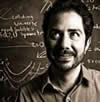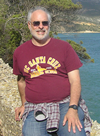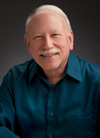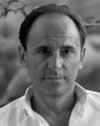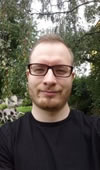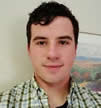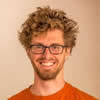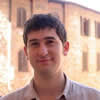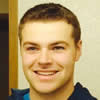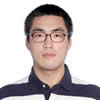|
|
|||||||||||||||||||||||||||||||||||||||||||||||||||||||||||||||||||||||||||||||||||||||||||||||||||||||||||||
|---|---|---|---|---|---|---|---|---|---|---|---|---|---|---|---|---|---|---|---|---|---|---|---|---|---|---|---|---|---|---|---|---|---|---|---|---|---|---|---|---|---|---|---|---|---|---|---|---|---|---|---|---|---|---|---|---|---|---|---|---|---|---|---|---|---|---|---|---|---|---|---|---|---|---|---|---|---|---|---|---|---|---|---|---|---|---|---|---|---|---|---|---|---|---|---|---|---|---|---|---|---|---|---|---|---|---|---|---|---|

|
|||||||||||||||||||||||||||||||||||||||||||||||||||||||||||||||||||||||||||||||||||||||||||||||||||||||||||||
Theoretical Astrophysics
|
|||||||||||||||||||||||||||||||||||||||||||||||||||||||||||||||||||||||||||||||||||||||||||||||||||||||||||||
| Theory Group | |||||||||||||||||||||||||||||||||||||||||||||||||||||||||||||||||||||||||||||||||||||||||||||||||||||||||||||
The Theory Group of the Santa Cruz Institute for Particle Physics (SCIPP) consists of 8 senior investigators and numerous postdoctoral researchers and graduate students performing research at the confluence of particle physics, astrophysics and cosmology. The group is partially funded by the Department of Energy, NASA and the National Science Foundation. Of the 8 senior members, 5 are members of the UCSC Physics Department, and 3 are members of the UCSC Astronomy and Astrophysics Department:
The research interests of the SCIPP Theory Group fall into two broad topical categories:
There is a large overlap between the work of the two groups: for example, Dine and Profumo devote much of their studies to theoretical cosmology as well as to models and observational strategies for particle dark matter. The Theory Group hosts a vibrant community of postdoctoral associates and graduate students. The research focus of the SCIPP Theory Group includes several aspects that have experimental or observational counterparts in other groups within SCIPP. High-energy particle physics is an outstanding example where the expertise of the Theory Group nicely complements the SCIPP experimental efforts, especially in connection with the Large Hadron Collider and the International Linear Collider. Madau, Ramirez-Ruiz, Primack and Profumo are all very active affiliated scientists of the Fermi Large Area Telescope collaboration, and have contributed to many of the key early Fermi studies and publications. The theoretical cosmology studies of Aguirre on Dark energy, and of Madau and Primack on structure formation and evolution, are key to the SCIPP involvement in the Dark Energy Survey and future large surveys. |
|||||||||||||||||||||||||||||||||||||||||||||||||||||||||||||||||||||||||||||||||||||||||||||||||||||||||||||
| Symposia & Meetings: |
|||||||||||||||||||||||||||||||||||||||||||||||||||||||||||||||||||||||||||||||||||||||||||||||||||||||||||||
| University of California Santa Cruz, 1156 High Street, Santa Cruz, CA 95064 ©2012 The Regents of the University of California. All Rights Reserved. |
|||||||||||||||||||||||||||||||||||||||||||||||||||||||||||||||||||||||||||||||||||||||||||||||||||||||||||||

